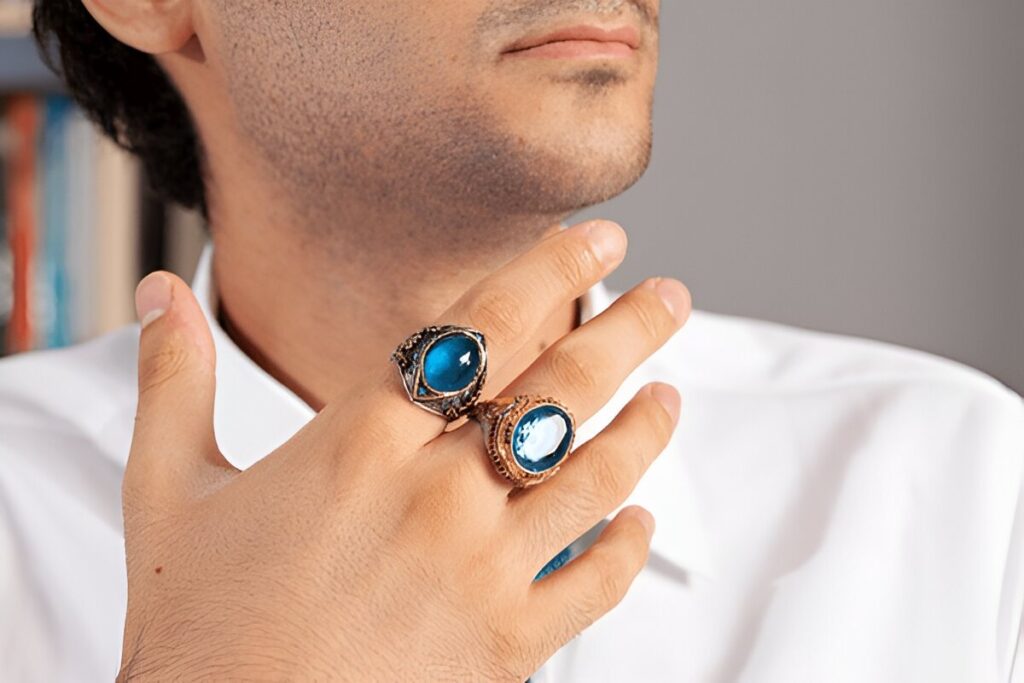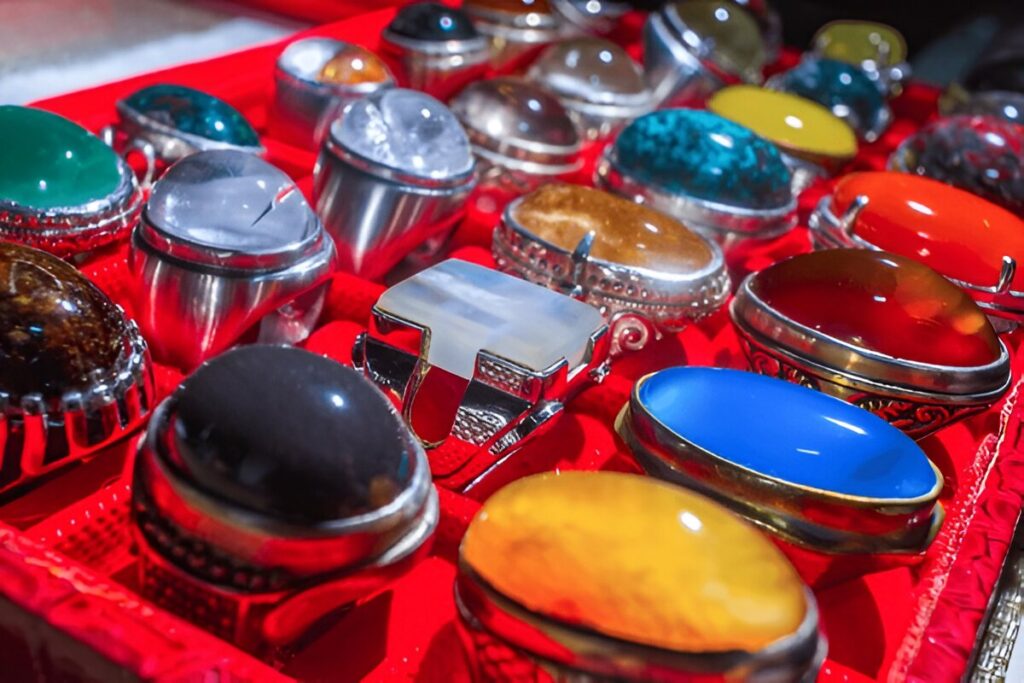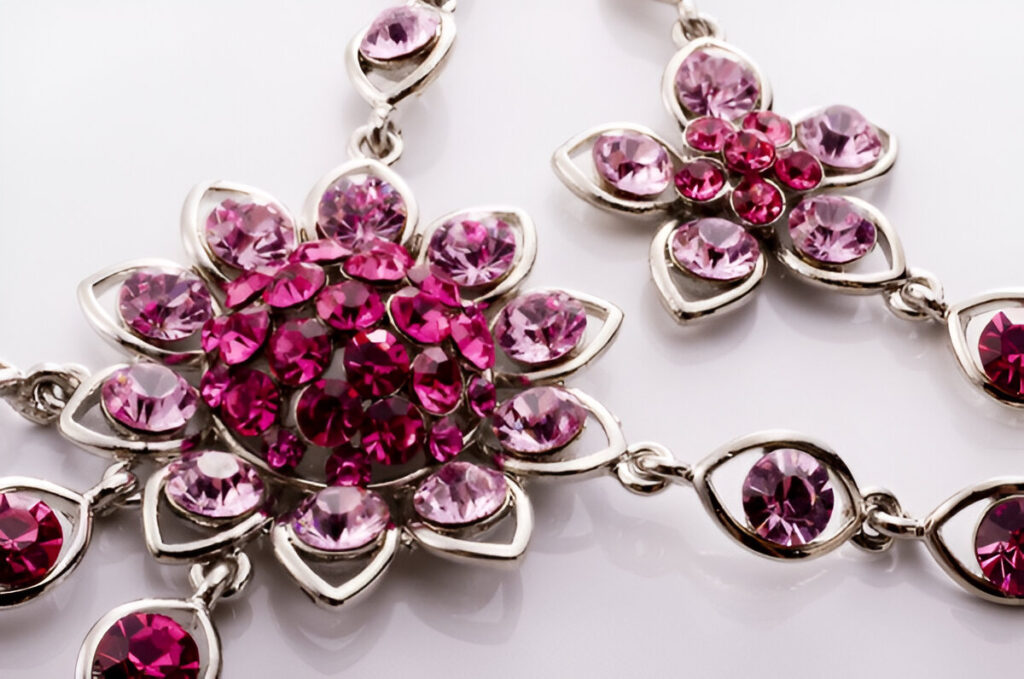How to Tell If Your Men’s Gemstone Ring Is Genuine: A Buyer’s Guide
When it comes to men’s jewelry, few pieces make as bold a statement as a gemstone ring. Whether it’s a classic sapphire, a fiery ruby, or a mysterious black onyx, a genuine gemstone ring can elevate any outfit and serve as a timeless heirloom. But here’s the catch: not all gemstones are created equal. With the market flooded with imitations and synthetic alternatives, how can you be sure your men’s gemstone ring is the real deal? Don’t worry—we’ve got you covered. In this buyer’s guide, we’ll walk you through the key steps to determine if your men’s gemstone ring is genuine, so you can wear it with confidence.
Why Authenticity Matters
Before diving into the nitty-gritty of identifying genuine gemstones, let’s address the elephant in the room: why does authenticity even matter? Sure, a fake gemstone might look pretty, but it lacks the durability, value, and emotional significance of a real one. Genuine gemstones are formed over millions of years under specific geological conditions, making them unique and irreplaceable. On the other hand, synthetic or imitation stones are mass-produced in labs or made from glass, plastic, or other materials. While they might save you a few bucks upfront, they won’t hold their value or stand the test of time.
Plus, let’s be honest—there’s something undeniably satisfying about owning the real deal. It’s like driving a luxury car versus a knockoff version. One feels authentic and powerful; the other? Well, not so much.
Step 1: Know Your Gemstone
The first step in determining if your men’s gemstone ring is genuine is to familiarize yourself with the specific gemstone it features. Different stones have unique properties, such as color, hardness, and clarity, which can help you identify authenticity. For example:
- Sapphiresare typically a deep blue but can come in a range of colors (except red, which would classify them as rubies). They’re also one of the hardest gemstones, ranking 9 on the Mohs scale.
- Rubiesare known for their rich red hue and are equally durable, also ranking 9 on the Mohs scale.
- Emeraldshave a distinctive green color and often contain natural inclusions, which are like birthmarks proving their authenticity.
- Onyxis a banded variety of chalcedony, usually black, and has a smooth, glossy finish.
If you’re unsure about the type of gemstone in your ring, consult a reputable jeweler or gemologist. They can provide valuable insights and help you understand what to look for.
Step 2: Examine the Color and Clarity
One of the easiest ways to spot a fake gemstone is by examining its color and clarity. Genuine gemstones often have slight imperfections, known as inclusions, which are natural byproducts of their formation. These imperfections can include tiny cracks, bubbles, or mineral deposits. If your gemstone looks too perfect—like it was made in a factory—it might be synthetic or imitation.
For example, a real emerald will almost always have visible inclusions, often referred to as its “jardin” (French for garden). On the other hand, a fake emerald might look flawless, which is a red flag. Similarly, genuine sapphires and rubies often have subtle color variations, while imitations tend to have uniform, overly vibrant colors.
Step 3: Check for Weight and Temperature
Here’s a fun trick: genuine gemstones have a certain heft and temperature that fakes can’t replicate. Pick up your ring and feel its weight. Genuine gemstones are typically denser than glass or plastic, so they’ll feel heavier in your hand. If your ring feels unusually light, it might be a sign that the stone is fake.
Next, try the temperature test. Genuine gemstones are naturally cool to the touch and will take a moment to warm up when held. Imitation stones, especially those made from glass or plastic, will feel warmer right away. Of course, this isn’t a foolproof method, but it’s a quick and easy way to get a sense of your ring’s authenticity.
Step 4: Look for a Certification
When in doubt, always ask for a certification. Reputable jewelers will provide a gemstone certification from a recognized laboratory, such as the Gemological Institute of America (GIA) or the American Gem Society (AGS). This document verifies the gemstone’s authenticity, quality, and characteristics, giving you peace of mind.
If your ring didn’t come with a certification, don’t panic. You can still take it to a certified gemologist for an appraisal. They’ll examine the stone under specialized equipment and provide a detailed report. Yes, it might cost you a bit, but isn’t it worth it to know you’re wearing the real deal?
Step 5: Test the Hardness
Gemstones are ranked on the Mohs scale of hardness, which measures their resistance to scratching. For example, diamonds are the hardest at 10, while talc is the softest at 1. If you know your gemstone’s hardness, you can perform a simple scratch test to check its authenticity.
Caution: This method should be used sparingly and only on stones you’re willing to risk damaging. For instance, if you have a sapphire ring, try scratching it with a material of lower hardness, like glass. If the glass scratches but the sapphire remains unscathed, it’s likely genuine. However, if the stone shows signs of damage, it might be a fake.
Step 6: Observe the Setting and Craftsmanship
The setting of your men’s gemstone ring can also provide clues about its authenticity. Genuine gemstones are typically set in high-quality metals, such as gold, platinum, or sterling silver. If your ring is made from cheap materials or has a flimsy setting, it’s a sign that the stone might not be genuine either.
Additionally, examine the craftsmanship. High-end jewelers take pride in their work, so the ring should be well-made with attention to detail. Look for smooth edges, secure prongs, and a polished finish. If the ring looks sloppy or poorly constructed, it’s probably not the real deal.
Step 7: Trust Your Gut (and Your Jeweler)
At the end of the day, your instincts play a big role in determining authenticity. If something feels off about your ring—whether it’s the price, the seller, or the stone itself—it’s worth investigating further. Don’t be afraid to ask questions or seek a second opinion.
And speaking of sellers, always buy from reputable sources. Whether it’s a trusted jeweler, a well-known brand, or a certified online retailer, doing your homework can save you from costly mistakes. Remember, if a deal seems too good to be true, it probably is.
Final Thoughts: Wear It with Pride
So, there you have it—a comprehensive guide to determining if your men’s gemstone ring is genuine. By following these steps, you can ensure that your ring is not only authentic but also a reflection of your personal style and taste. After all, a genuine gemstone ring is more than just an accessory; it’s a statement piece that tells a story.
And hey, even if you discover your ring isn’t genuine, don’t sweat it. Jewelry is about more than just the materials—it’s about the memories and emotions attached to it. Whether it’s a gift from a loved one or a treat-yourself purchase, your ring has value beyond its price tag.
Now, go forth and rock that gemstone ring with confidence. And if anyone asks, you can proudly say, “Oh, this? It’s the real deal.”
Find More Jewelry & Fashion Reads….
Reference;
https://anniversaryjourney.com/essentials-to-consider-when-buying-a-mens-gemstone-ring/
Mastering Men’s Gemstone Rings: How to Choose the Right Ring for Every Occasion





